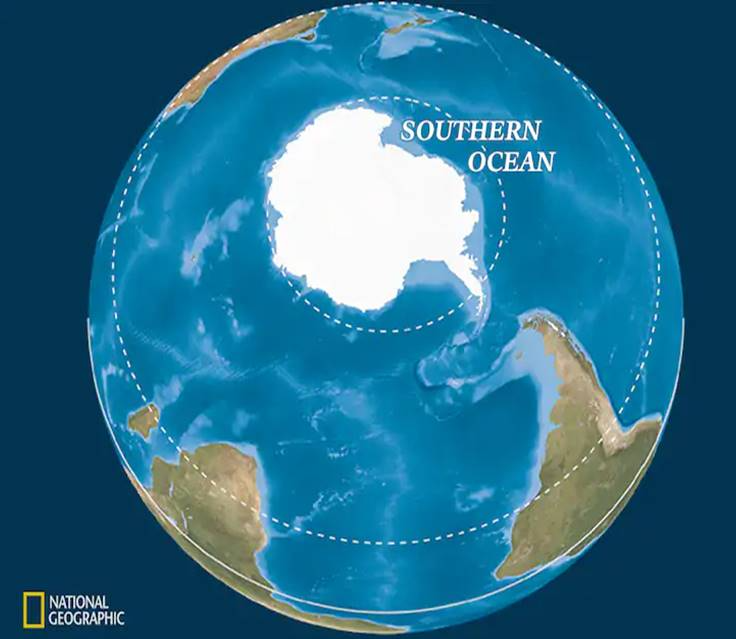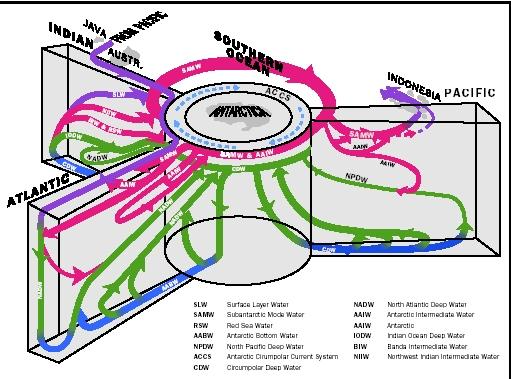Naming the Fifth Ocean: A Wake-Up Call in Disguise
Good evening everyone:
Oh my, I had no idea that things were getting so bad quite so quickly on the climate front. Lois and Jessica and Shamar have been warning us for years, but this? First, we had the calving of a glacier. Then we had sunny-day flooding in Miami. Then, then we had the thawing of the permafrost in Alaska. All horrendous harbingers of our future.
But a new ocean? Doesn’t seem Mother Nature could deliver a clearer door-knock.
The headline in the Washington Post read: “How many oceans are there on Earth? National Geographic now says five.” Uh oh.
That new addition would be the “Southern Ocean,” joining the Atlantic, Pacific, Indian, and Artic. It comprises the waters surrounding Antarctica out to 60 degrees south latitude:

Is ice melting that fast? Have the rain patterns at the South Pole turned extreme? Turns out that the watershed moment, so to speak, was a little less cataclysmic than it might appear.
Evidently, the official name-conferring, ocean-recognizing agency – the International Hydrographic Organization – has not been of a single view about what to call, or how to categorize, the water body that is now officially the Southern Ocean. It is a term that has been in play for twenty years, but without universal uptake.
National Geographic decided that it would no longer equivocate. It is, after all, the place many of us look for definitive clarity about all things geographic. So, for the first time since it began mapping the world’s oceans one-hundred years ago, it will now recognize five.
In my ignorance, I had feared that part of Antarctica had melted or broken away or otherwise gone rogue, opening up new passage-ways that left no choice but to recognize a new water-body. Not so.
The story is instead that scientists have long agreed that the “South Ocean” is a discrete ecological region. They just haven’t been able to agree on what fence-line to put around it or what to call it.
To be a bit more precise and wonky, the fifth ocean is largely defined by something called the “Antarctic Circumpolor Current” that flows from west to east, around and around and around, perpetually. Essentially a moving ring of water that connects the Pacific, Atlantic, and Indian Oceans.

But it also turns out that there is, in fact, a connection to climate change. The Southern Ocean contains areas – particularly in Antarctica – that are among the fastest warming on the planet. Its sea ice accordingly plays a critical role in the circulation of the oceans and weather patterns. Were the Southern Ocean to warm further, therefore, it would have a significant impact on global climate.
Good news: we haven’t created a new waterbody, we simply now what to call it. Bad news: yet another potential trouble-spot to keep an eye on – although we already knew that.
Rip